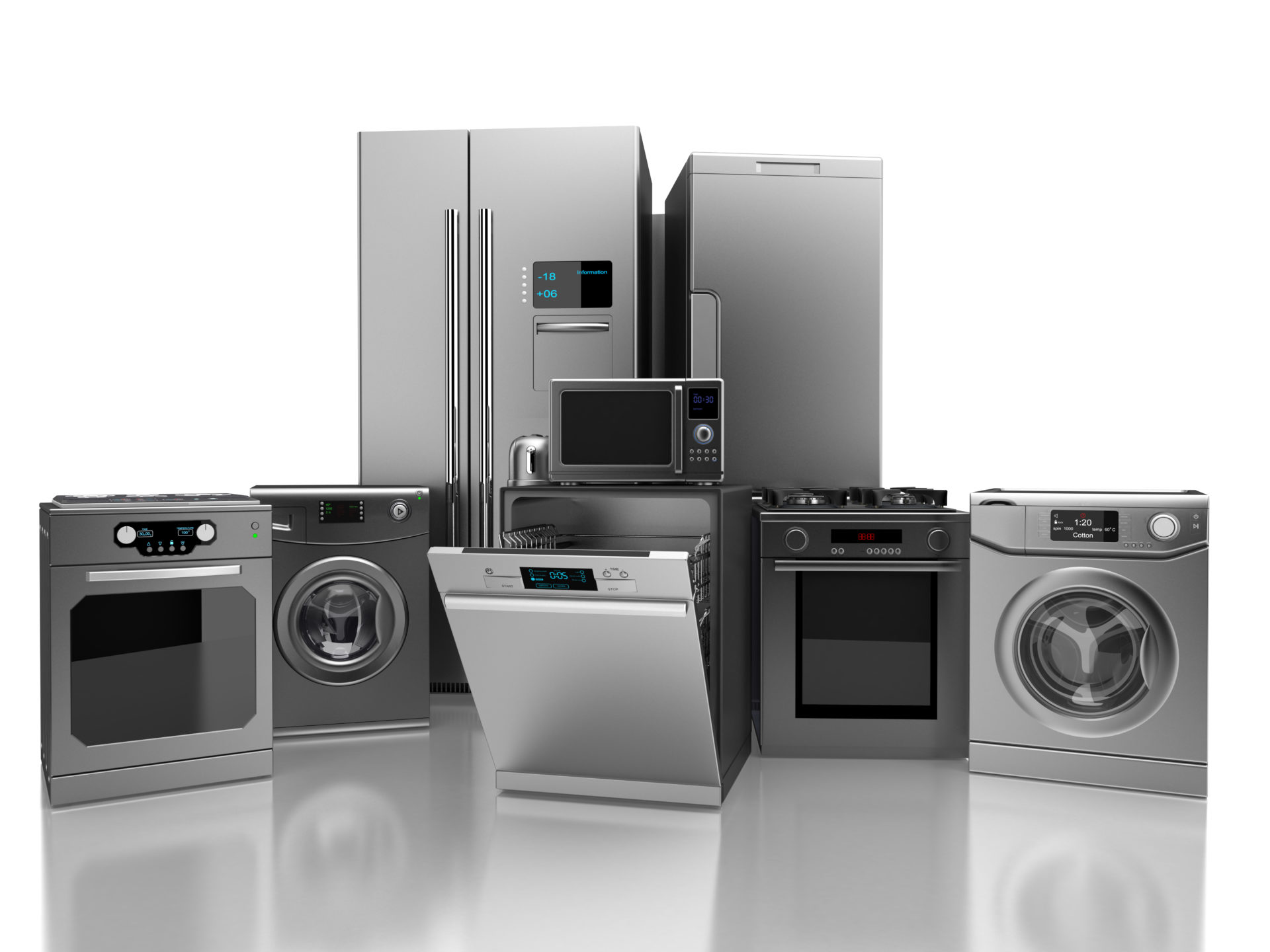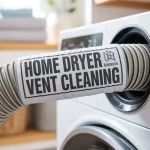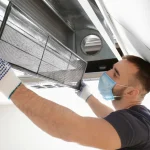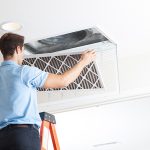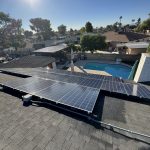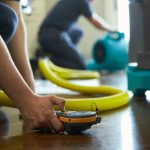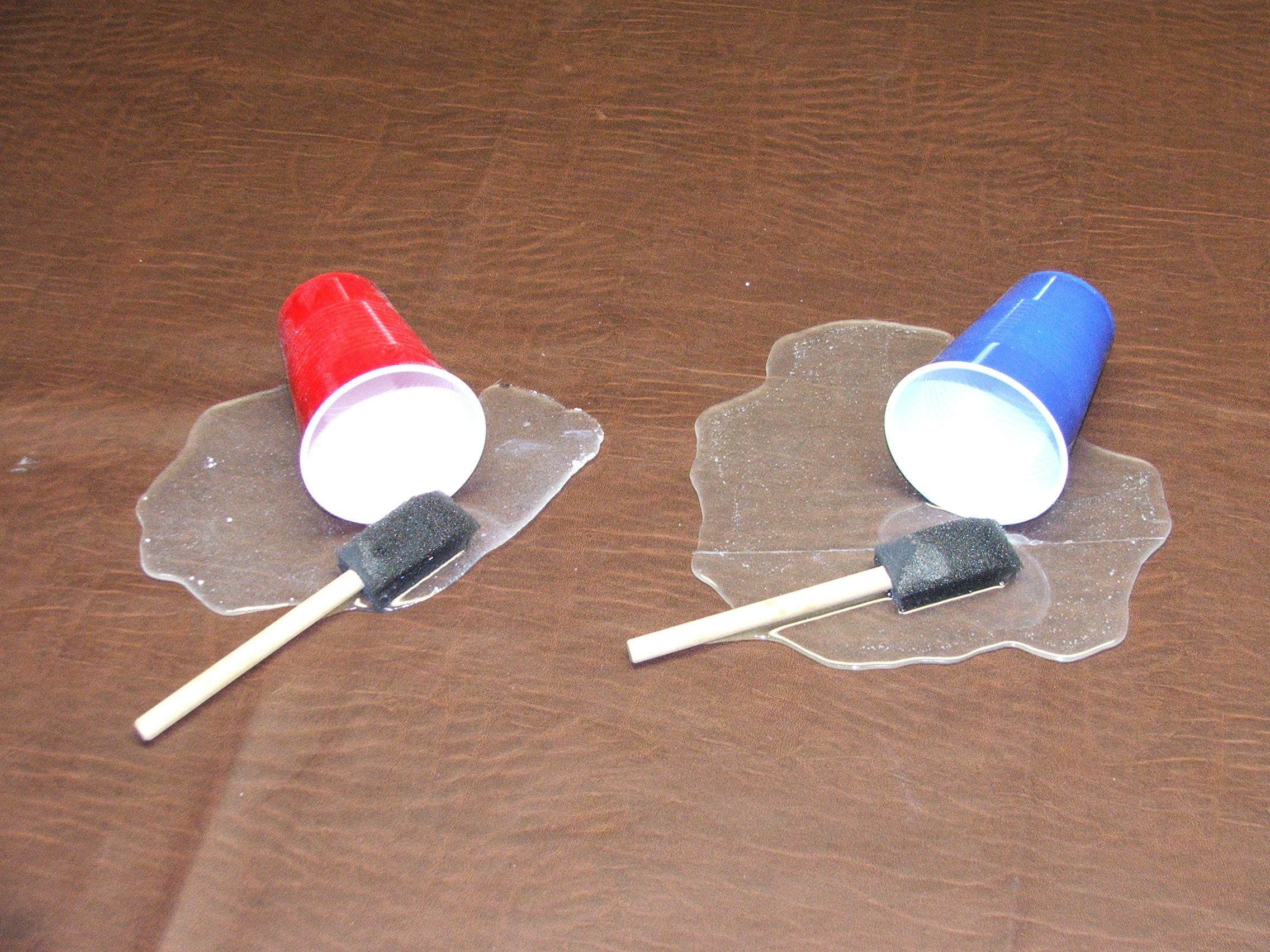You may have heard someone say that you should never use the self-clean feature on your oven and wondered if this is true. The truth is that using the self clean feature is usually not a good idea, and I’ll explain why, as well as what the alternative is.
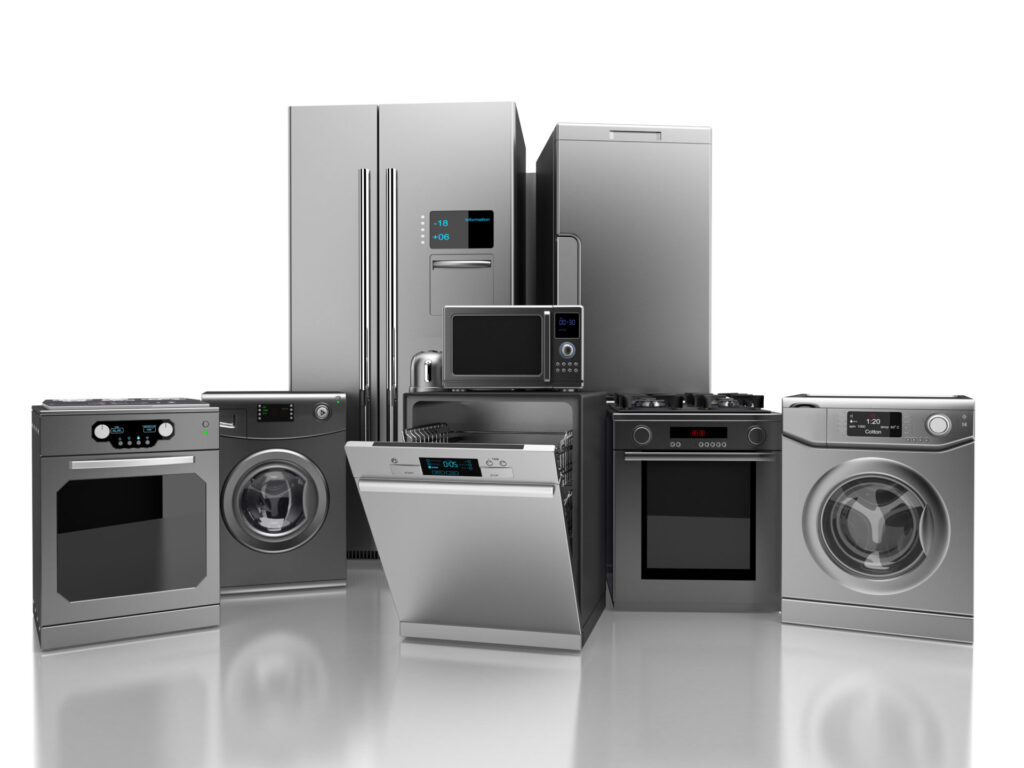
The first thing to be aware of is the difference in temperature between a regular bake setting and a self-clean cycle. Most ovens cannot be set to cook at temperatures exceeding 550 degrees Fahrenheit and recipes rarely call for a heat setting exceeding even 450 Fahrenheit. A self-clean cycle, on the other hand, heats up to approximately 1000 degrees Fahrenheit – more than double the temperature that is usually used to cook food! Even though self-cleaning ovens are better insulated than others, there is still a considerable amount of heat stress being placed on the electrical circuits. Circuit boards, door lock mechanisms, wire terminals, and thermostats often fail as a result of self-clean cycles, especially on aging ovens.
A second thing that appliance service technicians notice over time is that pulling your oven out of it’s counter space in order to allow it to dissipate the heat better doesn’t seem to stop it from self destructing during a self-clean cycle either – we are often explained to by homeowners that this is exactly what they did right before the oven failed. In the case of a wall oven, pulling it out of it’s cavity is not even an option.
So, you may be thinking – how am I supposed to clean the oven then? And no, the answer is not chemical cleaners. Chemical residues could work their way into your food later, and they will likely damage your oven liner. Instead, you can simply make a paste of baking soda and water, spread it all over the inside of your oven, allow it to sit overnight for 12 hours, and then wipe it away with a damp rag. Be sure to turn off the circuit breaker to your oven or unplug it until the work is done, in case any liquid makes its way onto an electrical component.
In conclusion, buying a self-cleaning oven is still recommended because they are better insulated and therefore more efficient, but the self-clean feature should not be used. Instead, a little bit of elbow grease and baking soda will accomplish the same results while eliminating the risk of a failure due to overheating. And if you did try to get away with a self-clean cycle, or you are reading this too late, and your slide-in range or your KitchenAid wall oven isn’t working, please don’t hesitate to give General Appliance Repair Ltd in Calgary and Chestermere, Alberta a call.

Christine Kelley is a dedicated home blogger who has been blogging for over six years. She covers everything home related. Christine also loves writing posts about her travels to Europe with her husband and two children.

